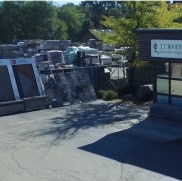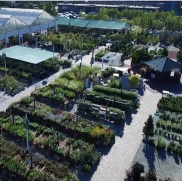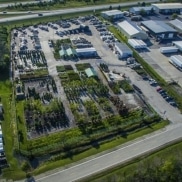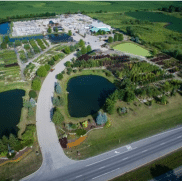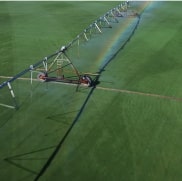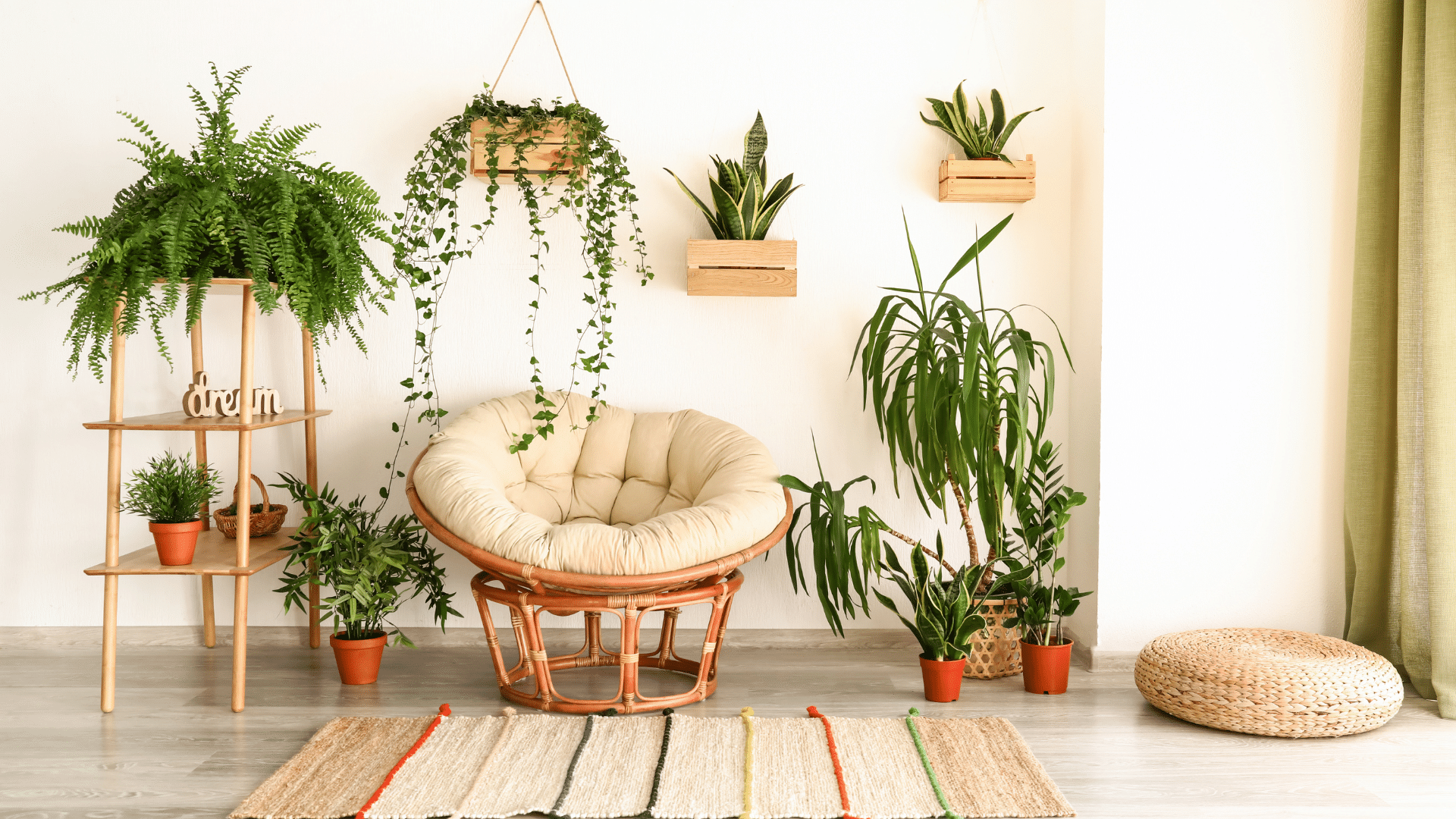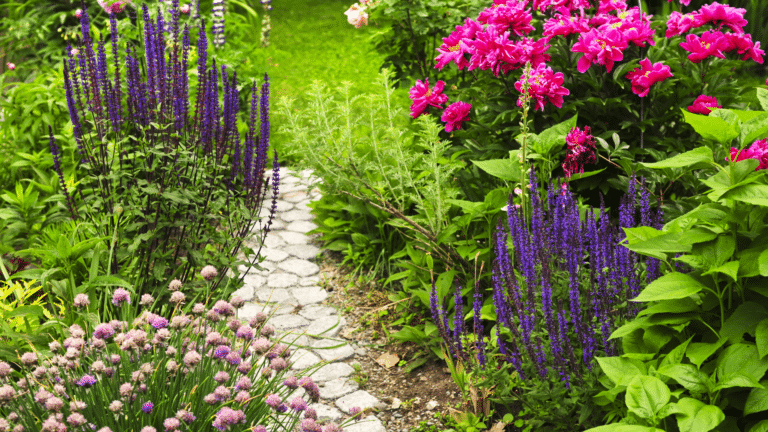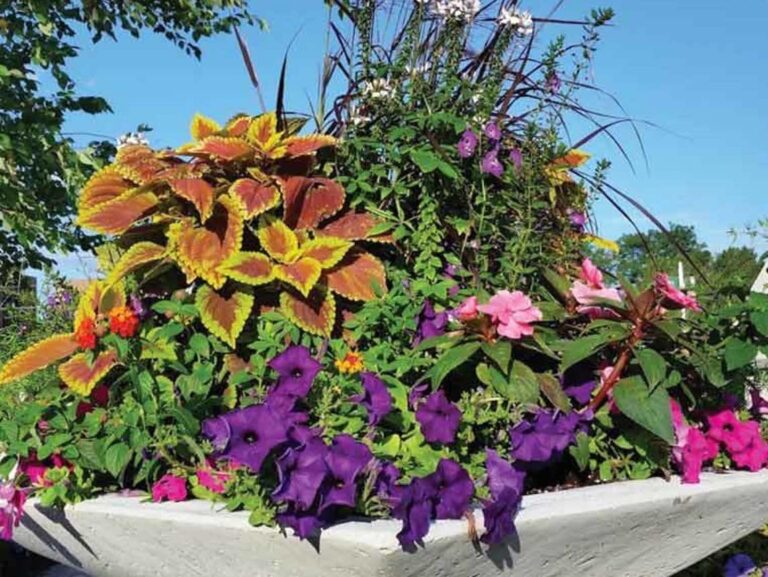The most important step is to figure out what kind of lighting you have.
Pay attention to where you would like to place the plant. Are there trees or furniture that will block light from the window? Will it be getting morning light or afternoon light?
Bright Light (high):
- Sunny southern or western facing window with bright, direct light all day long
- These plants require a minimum of 5-6 hours of direct sunlight each day, or more
Plants for bright light:
Citrus trees, Cactus, Hibiscus, Tradescantia, Herbs, Succulents, Ficus, Norfolk Island Pine, Aralia, Ponytail Palm, Wax Plant (Hoya), Spider Plant, Jade (Crassula), Asparagus Fern, Caladium, Aloe vera, Phoenix Date Palm, Christmas Cactus, Areca Palm, Croton
Indirect light (med):
- Eastern facing, bright window
- Interior of a room that receives full light from a southern or western facing window (at least 5-6 hours).
Plants for indirect light:
Kentia Palm, Bamboo Palm, Money Plant (Pachira), Phalaenopsis Orchid, African Violet, Areca Palm, English or Hedera Ivy, Rubber Plant (Ficus elastica), Monstera, Sago Palm (Cycad), Peperomia, Calathea, Prayer Plant (Maranta), Dieffenbachia, Anthurium, Alocasia, Bromeliads, Most fern species, Schefflera, Dracena. Marginata, D. Reflexa, D. Janet Craig, D. Song of India/Jamaica
Low Light:
- Rooms with north facing windows or rooms partially shaded by outdoor trees
- Tables set too far in the interior of the room to receive much light from a window
*Most common interior lighting. If it is not a spot where you can easily read a newspaper, it is probably low light.
Plants for Low Light:
Pothos, D. Mass Cane, D. Warneckii, ZZ Plant, Chinese evergreen (Aglaonema), Snake Plant (Sanseveria), Peace Lily, Philodendron
Once you have found a good match for your space, you’ll want to find out about your specific plant. We can help you with watering, soil and potting tips, and any other care that it may need when you take it home!

